Paint Pine T&G / Remove paint from stair treads
debt-talk
16 years ago
Related Stories

MOST POPULARFrom the Pros: How to Paint Kitchen Cabinets
Want a major new look for your kitchen or bathroom cabinets on a DIY budget? Don't pick up a paintbrush until you read this
Full Story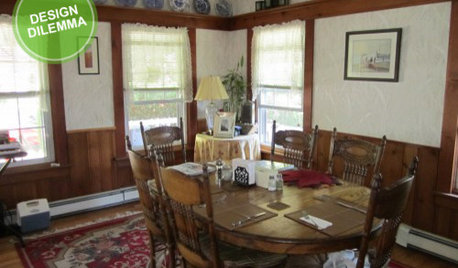
Design Dilemma: Keep or Nix Knotty Pine?
Help a Houzz User Choose a Paint Color for a Cohesive Design
Full Story
DECORATING GUIDES10 Design Tips Learned From the Worst Advice Ever
If these Houzzers’ tales don’t bolster the courage of your design convictions, nothing will
Full Story
DECORATING GUIDESFrom Queasy Colors to Killer Tables: Your Worst Decorating Mistakes
Houzzers spill the beans about buying blunders, painting problems and DIY disasters
Full Story
PAINTINGKnotty to Nice: Painted Wood Paneling Lightens a Room's Look
Children ran from the scary dark walls in this spare room, but white paint and new flooring put fears and style travesties to rest
Full Story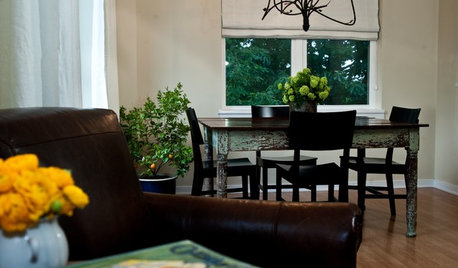
DECORATING GUIDESTop Tips From a Green Interior Designer
Ecofriendly homes can do more than tread lightly on the earth. They can be stylish and comfortable too, says this top-notch green designer
Full Story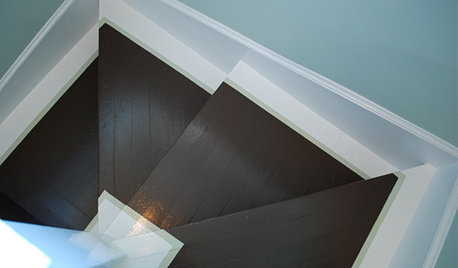
DECORATING GUIDESFlights of Fancy: Painted Stair Runners
Instead of carpeting, lay down some paint and give your steps a lift
Full Story
DECORATING GUIDESDesign Risks From Mild to Wild
These interiors aren’t afraid to stand out — in fact, they embrace their distinctive features
Full Story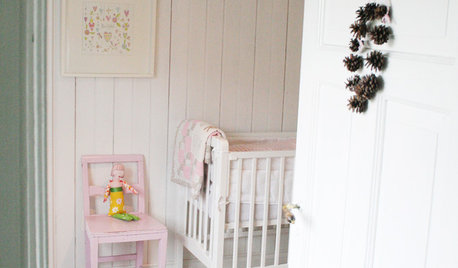
Pine Cones: Not Just for Christmas
These natural treasures from the trees testify to Mother Nature's eye for great design
Full Story





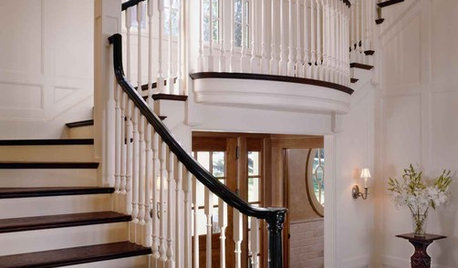




Michael
lkplatow
Related Professionals
Monterey Paint & Wall Coverings · Bothell Painters · Carpinteria Painters · Dunwoody Painters · Frankfort Painters · Fresno Painters · Grayslake Painters · Providence Painters · Richmond Painters · Wichita Painters · Apopka Flooring Contractors · Orange Flooring Contractors · Saint Louis Park Flooring Contractors · Snellville Flooring Contractors · Summerville Flooring Contractorslkplatow